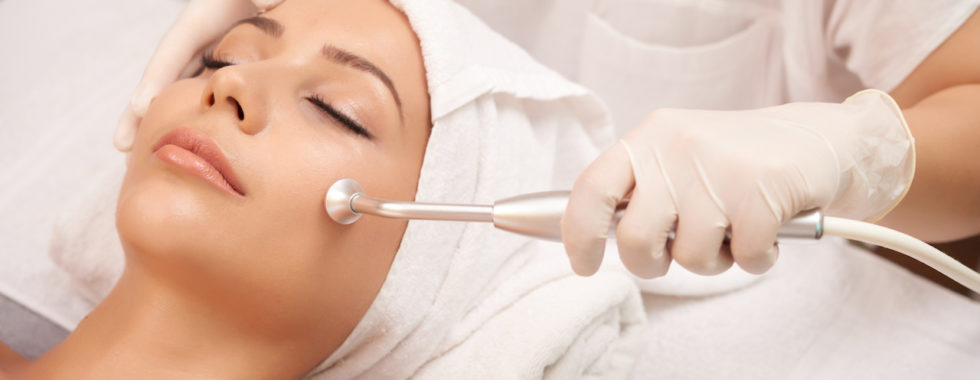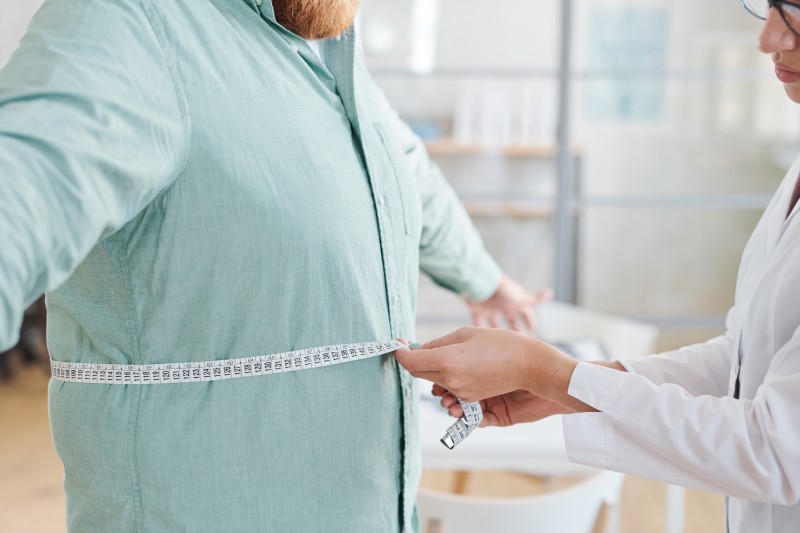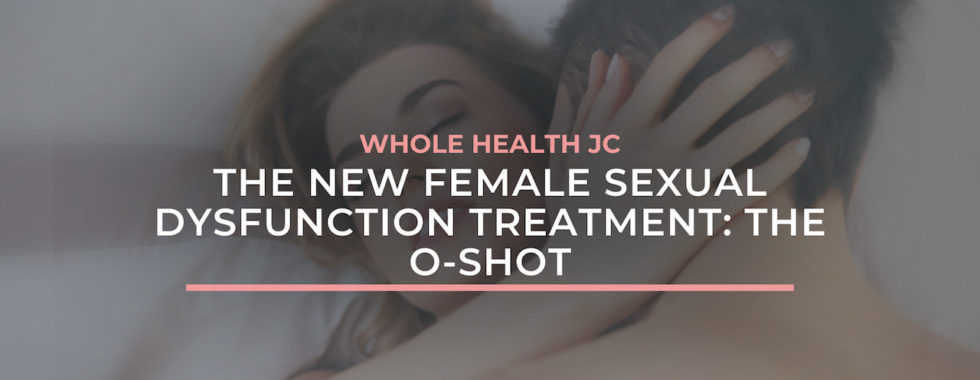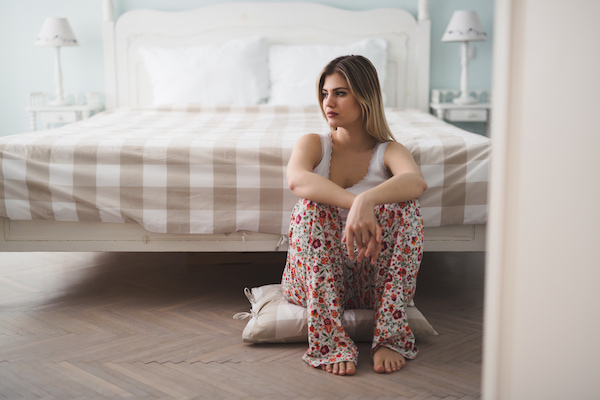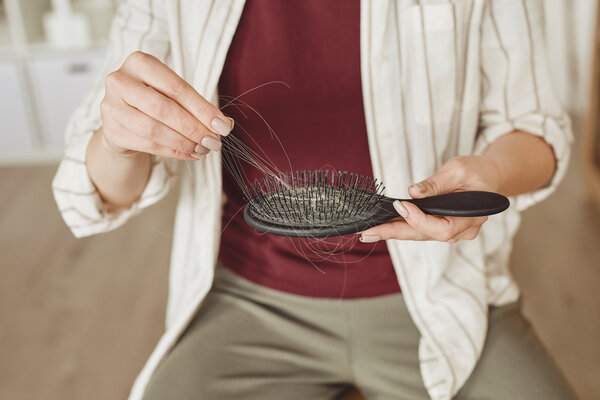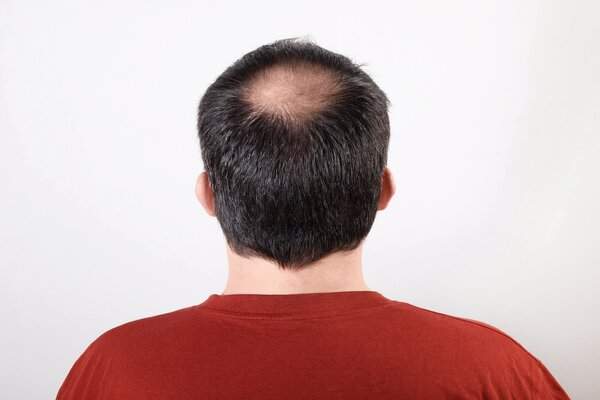5 Telltale Signs You Need The Benefits of Hormone Replacement Therapy

At different stages in our lifecycle, hormone deficiencies can cause major changes in our bodies. Although these hormone imbalances are just a natural part of the aging process, they can cause a number of negative symptoms to our everyday health. Luckily, the benefits of hormone replacement therapy, also known as HRT, can help reduce many of these unwanted symptoms.
But, what are the signs that you need hormone replacement therapy? And how can treatment help you feel happy and healthy again?
In this article, we are going to give you the top 5 telltale signs that you need hormone replacement therapy. We will also tell you everything you need to know about treatment, including:
- What is hormone replacement therapy?
- How does HRT make you feel?
- How long after starting HRT do you feel a difference?
If you’re wondering, “Do I need HRT?” then you’re in the right place. Let’s get started.
What is Hormone Replacement Therapy?
Hormone replacement therapy is a type of treatment where a doctor prescribes hormones to help replace your naturally produced hormones that are low. This treatment often comes in a pill, cream, patch, or spray.
Typically, your doctor will recommend lab testing where they will test your blood or saliva for hormone imbalances. This allows them to customize your hormone replacement to bring your body’s hormones back into balance.
5 Signs You Need the Benefits of Hormone Replacement Therapy
Now that you understand what HRT is, it’s time to talk about hormone imbalances. For men and women alike, hormone levels play a very important role in your overall health and vitality. When hormones become unbalanced, you can feel sluggish, moody, and constantly fatigued.
Thankfully, HRT is here to help you replenish hormone levels and help you feel like you again. Let’s take a look at our first telltale sign you may need HRT.
1. Extreme Menopause and Andropause Symptoms
When we talk about hormone deficiencies as we age, most of us will instantly think of menopause. For hundreds of thousands of women around the world, extreme perimenopause, menopause, and postmenopause symptoms can cause a lot of discomfort in their everyday lives.
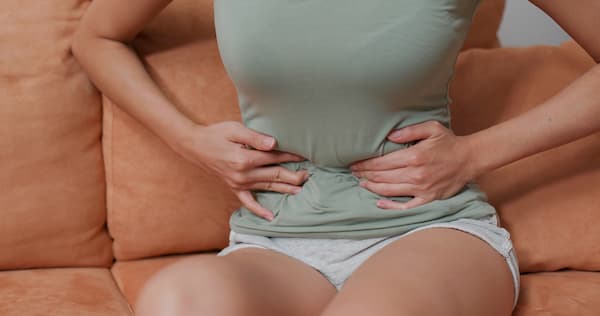
Negative menopause symptoms such as hot flashes, mood swings, and even a lower metabolism are commonly caused by the gradual changes in estrogen and progesterone levels before, during, and after menopause. This is where hormone therapy can help. By restoring the body’s hormones to optimal levels, many of the negative side effects from menopause can be eliminated.
Do You Need Hormone Therapy After Menopause?
During menopause and postmenopause, many women search for fast relief to the unpleasant hormone changes they may be feeling. When symptoms are severe, hormone replacement therapy is definitely a viable option.
Many women who experience low estrogen due to menopause or a hysterectomy turn to HRT to reduce symptoms such as:
- osteoporosis
- heart disease
- stroke
- dementia
- mood swings
- bone thinning
- hot flashes
Note: If you have a hysterectomy, numerous side effects could occur if you don’t take Estrogen.
Do you need hormone therapy after menopause? For women who experience hormone imbalances from perimenopause, menopause, and postmenopause, hormone therapy can be extremely beneficial for reducing the severity of the symptoms. Learn the benefits of hormone replacement therapy with an HRT consultation!
Hormone Imbalances in Men
Did you know? Hormone imbalances affect more than just women. That’s right, plenty of aging men experience extreme swings in their hormone levels as well. In fact, 20% of men experience negative hormone deficiency symptoms.
But, why? Let us explain…
As men age, they can undergo a biological process called andropause. This natural process causes testosterone levels to slowly decrease and usually begins to affect men in their 40’s and 50’s. In many cases, men going through andropause will experience sexual dysfunction, changes in mood, and lower metabolism.
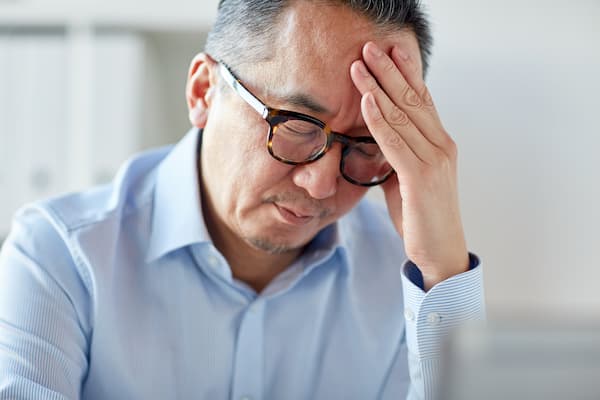
Here’s the good news: many men opt for bio-identical hormone replacement therapy (BHRT), a popular treatment to eradicate many of these unwanted andropause symptoms. With BHRT, you can improve your body’s testosterone levels and feel healthier and more energetic.
Along with andropause and menopause symptoms, there are many other telltale signs that indicate the need for hormone replacement therapy. Let’s move on to our next sign…
2. Hair Loss
Although genetics are often the cause of hair loss in men and women, hormones also play a major role in the breakdown of hair. In fact, the main hormone at fault is dihydrotestosterone, also known as DHT. When there is an imbalance of this testosterone byproduct, hair follicles can be jeopardized.
Another cause of hair loss is stress. When men and women undergo extreme levels of stress, the adrenal gland has to work overtime to produce stress hormones like cortisol. Unfortunately, when the adrenal gland is hyperactive, it can sometimes cause a major imbalance in our hormone levels. This can lead to hair thinning and hair loss.
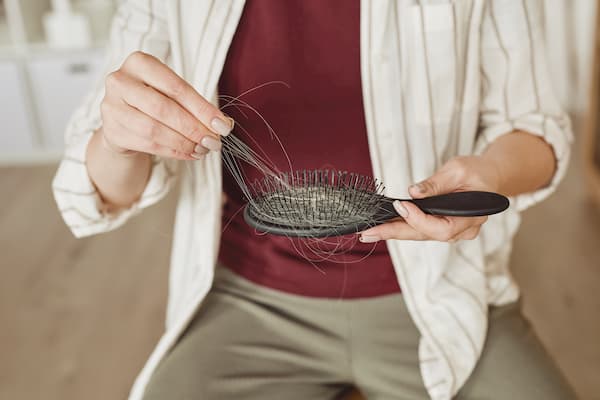
The good news? Since hair loss is hormone-related, one of the benefits of hormone replacement therapy is its ability to restore hormone levels and reduce hair loss!
3. Mood Swings
One of the biggest signs of a hormone deficiency can be seen in our state of mind. When we experience random mood swings, our hormones are typically at fault. Although some changes in mood are normal, you should be concerned when mood swings are severe and become the norm.
When mood swings involve a heavy dose of the following, hormone replacement therapy might be a viable option:
- Hormone Therapy for Emotional disturbance
- Hormone Therapy for Depression
- Hormone Therapy for Anxiety
- Hormone Therapy for Nervousness
Want to know more signs you may need hormone therapy? Keep reading to learn how HRT can improve libido and energy.
4. Low Libido
Are hormone deficiencies causing problems in the bedroom? Since hormones are directly correlated to libido and sex drive, they will also dictate performance and pleasure. Therefore, a lack of certain sex hormones, such as testosterone in men and estrogen and progesterone in women, can result in intimacy problems.
For women, reduced levels of estrogen can cause vaginal dryness and pain during sex. For men, low testosterone can lead to erectile dysfunction and a lack of energy. Fortunately, all of these hormones can be balanced with HRT and pleasure can be restored.

Now that you know that performance in the bedroom can be affected by hormones, let’s talk about how your sleep cycle might indicate a hormone imbalance.
5. Insomnia or Lack of Sleep
Here’s one thing we can all agree on: a good night’s sleep is vital to living a healthy life. When our sleep cycle is tampered with, a simple day at work can seem like an impossible task. If you are experiencing disturbances in your sleep cycle, hormone imbalances may be the main force keeping you up at night.
Other side effects you may feel when hormones interrupt sleep include:
- Insomnia
- Hot flashes and night sweats
- Brain fog and memory loss
- Anxiety
As you can see, all of these are very negative symptoms due to a lack of sleep. To easily improve your quality of sleep, consider using hormone replacement therapy. So, how can you safely and effectively replenish your hormones through hormone replacement therapy?
What Are The Risks of Hormone Therapy?
Although the benefits of hormone replacement therapy can be incredibly helpful for patients, it is also important to know the potential risks. The potential risks of hormone replacement therapy include blood clots, heart disease, stroke, and breast cancer.
Risks often depend heavily on age, the type of hormone therapy used, and health history. You should discuss these risks with your doctor, in order to help determine if hormone replacement therapy is a good fit for you based on your individual needs and health history.
How Long Does Hormone Therapy Take to Work?
One common question we get is: How long after starting HRT do you feel a difference?
You should know that HRT isn’t a “band-aid solution” Rather, it is designed to bring your hormones back into their natural alignment over some time.
To begin, the process of hormone testing, waiting for lab results, completing online medical history, & attending your consultation should take a few weeks. Due to this “set-up” phase, it will take 2-5 weeks to feel the initial benefits of HRT. Then, it may take up to 3 months for the full effects of HRT to be felt.
Of course, hormone replacement is a very individualized process. While some patients feel meaningful results within a few days, some feel results after months. HRT treatments can be customized over time based on the needs of the patients. It is common to start hormone therapy with a low dose to see how it initially improves hormone levels, and then the dosage can be adjusted accordingly.
Ready to Reap the Benefits of Hormone Replacement Therapy?
If you are experiencing any of the signs above from a hormone imbalance, look no further than Whole Health JC for help. Our clinic offers Bio-identical Hormone Replacement Therapy treatment options for both men and women. Through a simple lab test, we can assess your hormone levels and create a BHRT treatment that fits your individual needs!








